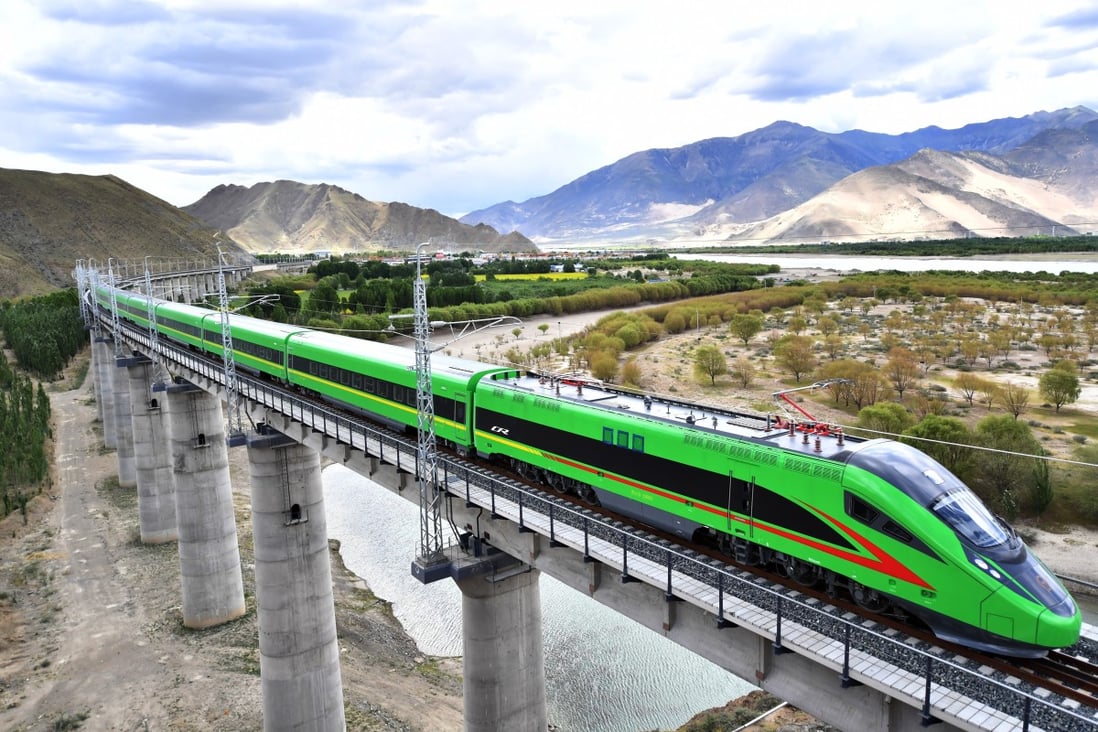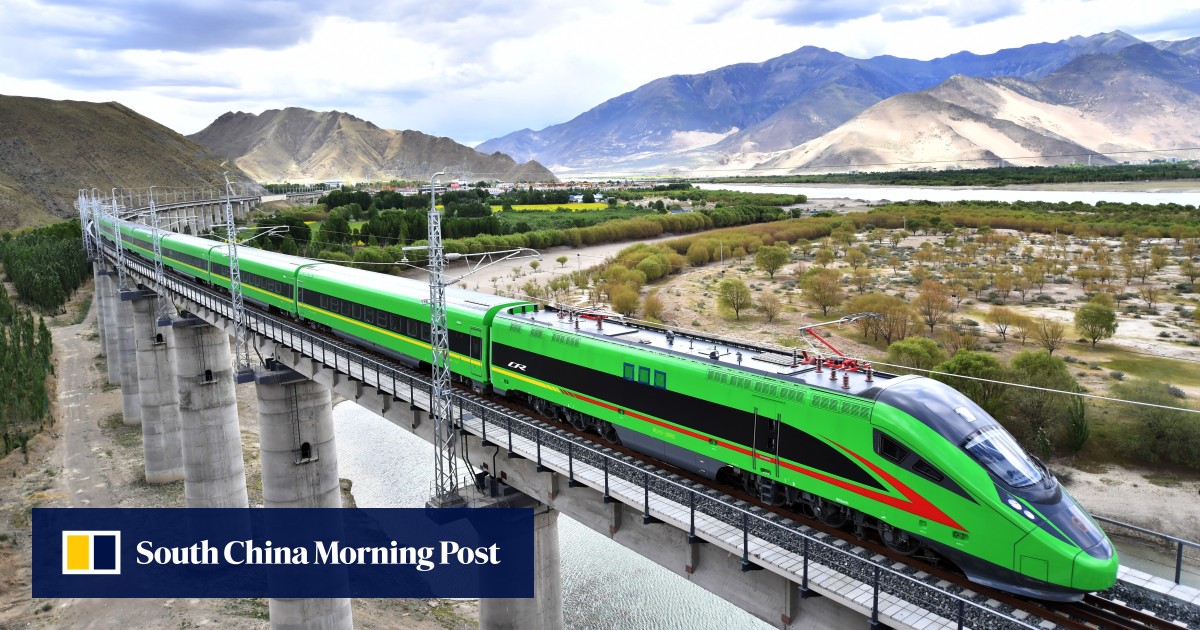Life in the fast lane: Chinese city builds a motorway bridge around a tiny house after its stubborn owner refused to move for 10 years
Owner of the house refuses to budge for the government project in Guangzhou
- Footage shows the property wedged between two wings of a new highway link
- The resident said she did not mind living there, calling it 'quiet' and 'liberating'
- Local officials claimed the woman had rejected all of their compensation offers
PUBLISHED: 12:59 BST, 6 August 2020
A Chinese city has built a highway bridge around a tiny house after its owner refused to sell it to the government for a decade.
The building is one of many examples of 'nail houses' in China - or 'dingzihu' in Mandarin - where homeowners reject compensation from a developer for its demolition.
Footage released by local media shows the property tightly wedged between two wings of the newly opened Haizhuyong Bridge in the metropolis of Guangzhou in Guangdong province.
The one-storey house contains a 40-square-metre (430-square-foot) flat and is situated in a pit in the middle of the four-lane traffic link, according to Guangdong TV station.
The owner, known by her surname Liang, said she had not agreed to move because the government had failed to offer her a replacement property in an ideal location.
She added that she was happy to deal with the consequences and did not mind what other people thought of her.
'You think this environment is poor, but I feel it's quiet, liberating, pleasant and comfortable,' she claimed.
An insider told the station that Ms Liang had demanded the government give her four apartments, but the government had only agreed to two.
According to another interview recorded by Pear Video, she claimed the government had offered her substitute accommodation next to a morgue, and that was why she hadn't settled.
The 'nail house' has sparked an internet sensation in China after footage and images of it emerged on social media.
The government of Haizhu district said on Thursday that officials earmarked the plot on Huandao Road for demolition in 2010 to build the Haizhuyong Bridge, reported Guangzhou Daily.
https://www.dailymail.co.uk/news/ar...bridge-house-stubborn-owner-refused-move.html




